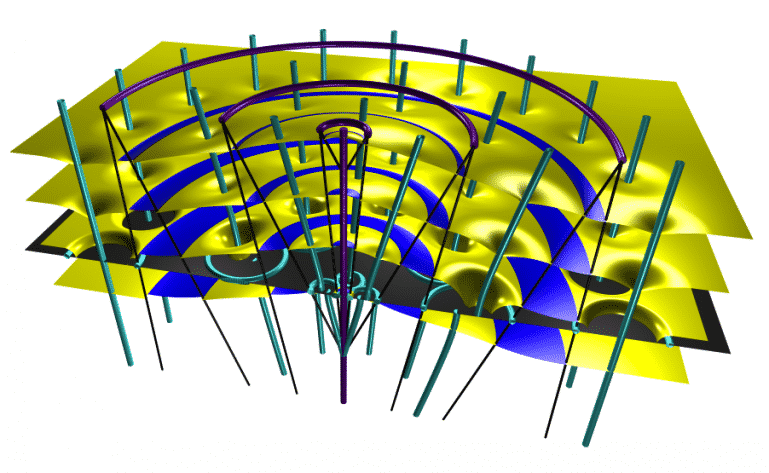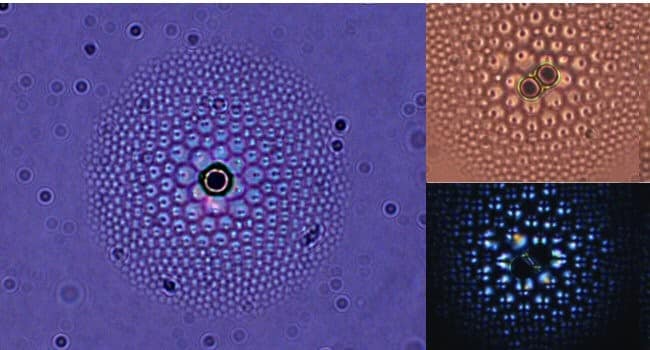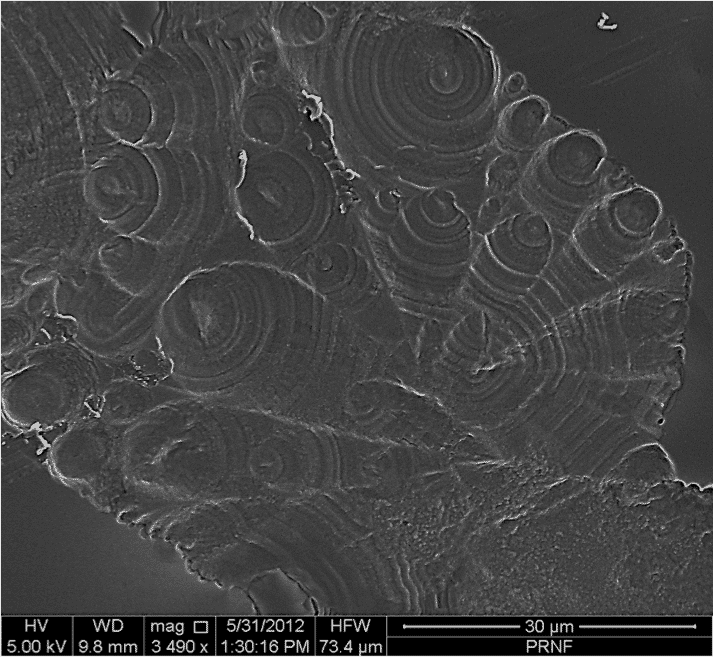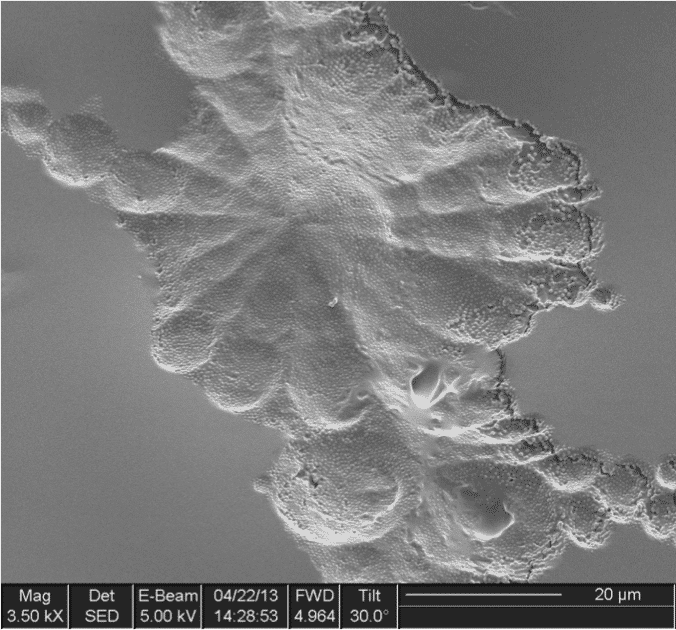There might be many things that can act as a lens, but who would have thought that liquid crystal “flowers” could be used as lenses. Lately, a team of material scientists, chemical engineers and physicists from the University of Pennsylvania has grown liquid crystal flowers, making it possible to create lenses.
The research team consists of Randall Kamien, professor in the School of Arts and Sciences‘ Department of Physics and Astronomy; Kathleen Stebe, the School of Engineering and Applied Science’s deputy dean for research and professor in Chemical and Biomolecular Engineering and Shu Yang, professor in Engineering’s departments of Materials Science and Engineering and Chemical and Biomolecular Engineering, members of their labs including lead author Daniel Beller, Mohamed Gharbi and Apiradee Honglawan who contributed to the study.
However, to create the lenses from the liquid crystals, researchers planted tiny silica beads in a pool of transparent liquid crystal, to obtain a pattern of defects. Petal-like shapes formed in the liquid crystal around the defects in a tiered manner, resulting in a flower-like structure that resembles an insect’s compound eye.
Each flower petal formed out of transparent liquid crystal can act as a lens since light can interact with its curved surface. Since individual lenses can be manipulated so that they are a few microns to tens of microns in diameter, it’s possible to create a flower of collective lenses which are tens of microns to millimeters in size.
The technique makes it possible to grow a liquid crystal eye that’s as complex as a dragonfly’s eye, for example, which has millions of spherical lenses that enable it to stack lots of images into a 3D image.

Being able to grow lenses this way opens up many exciting possibilities. This type of lenses could be useful in making optical switches and in other applications. Biosensors could collect information easily. Since the lenses form spontaneously in liquid crystal, a medium that’s easily reconfigured, it may be possible to create self healing re-configurable optical devices.
Researchers expect, liquid crystal flowers will be used as lenses within the next 10 years. Researchers have published their findings in Physical Review X. The research has been supported by the National Science Foundation, Penn’s Materials Science Research and Engineering Center and the Simons Foundation.
Source: University of Pennsylvania
Thanks To: Gizmag
[ttjad keyword=”cloud-storage-drive”]






